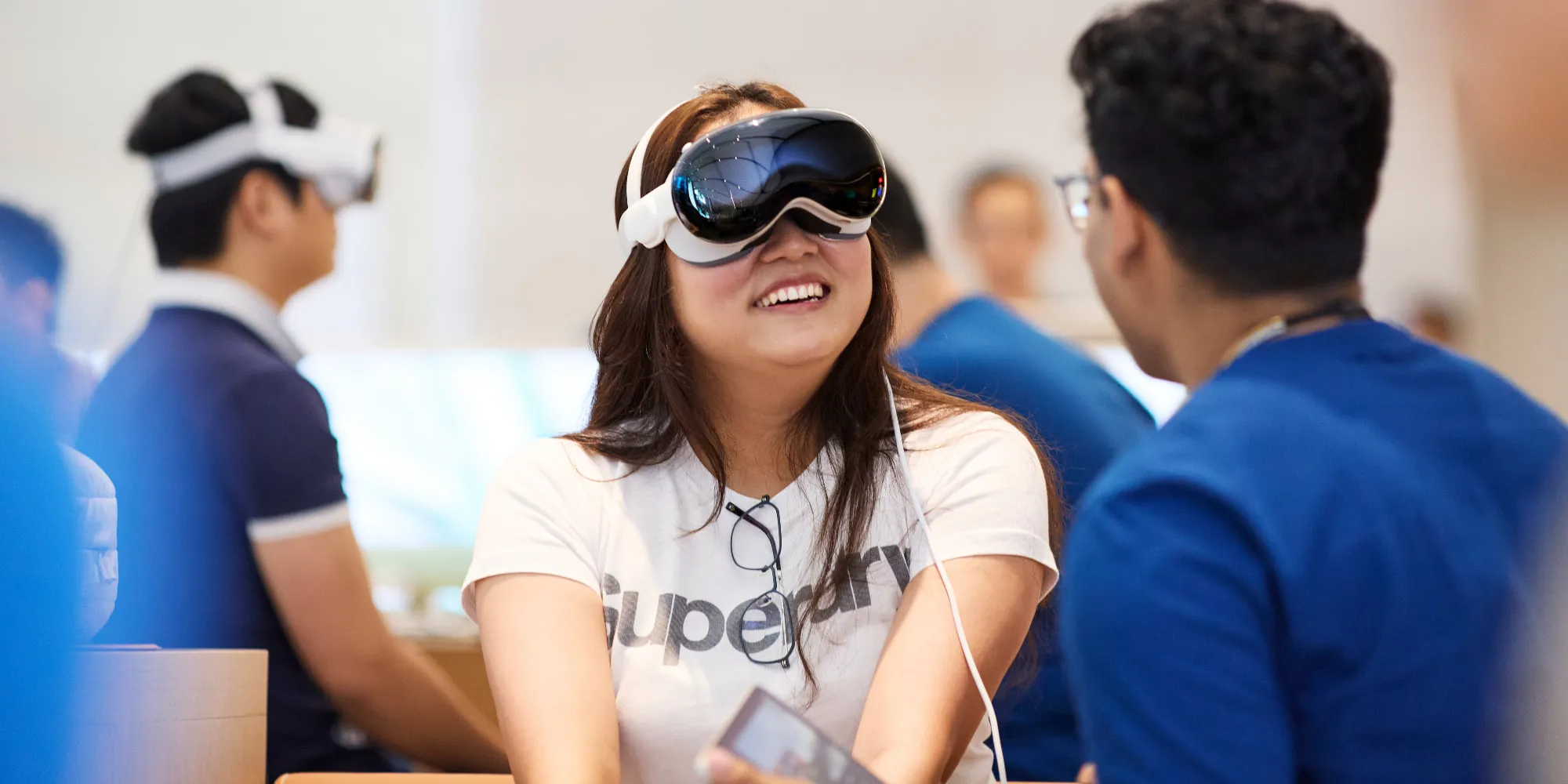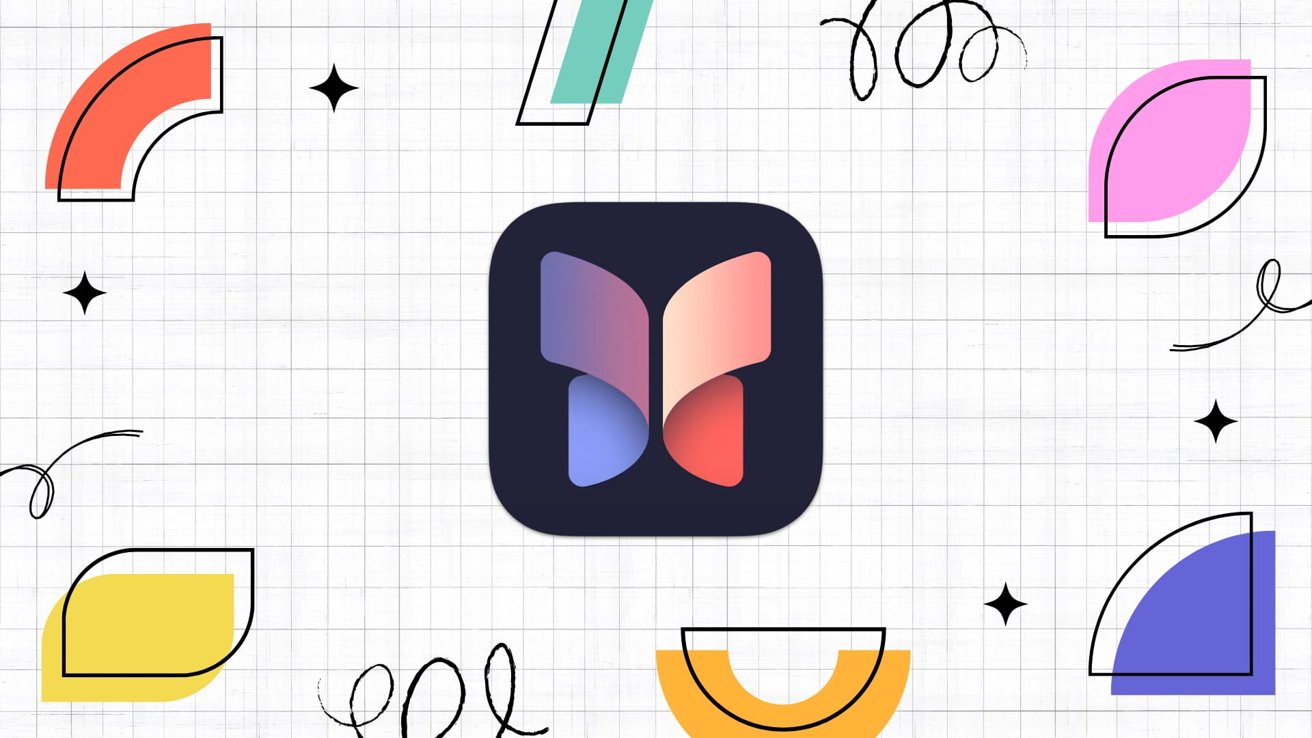Apple Vision Pro Enhances Gaming with PlayStation VR2 Sense Controllers
Apple has officially expanded the capabilities of its Vision Pro headset by introducing support for Sony’s PlayStation VR2 Sense Controllers. This development, announced at the Worldwide Developers Conference (WWDC) in June 2025, is now realized with the controllers available for purchase through Apple’s online store.
Availability and Pricing
The PlayStation VR2 Sense Controllers, accompanied by a charging stand, are priced at $249.95. They are currently accessible online and will be available in Apple Stores starting Monday, November 17. Notably, Apple is the only retailer offering these controllers separately from the PSVR2 headset, providing a unique opportunity for Vision Pro users to enhance their experience without additional hardware.
Enhancing the Vision Pro Experience
Since its launch, the Apple Vision Pro has been celebrated for its immersive capabilities. However, users have expressed a desire for more precise input methods, especially for gaming and applications requiring fine control. The integration of the PSVR2 Sense Controllers addresses this need by offering:
– High-Performance Motion Tracking: The controllers provide six degrees of freedom, allowing for accurate and responsive movement tracking in a 3D space.
– Finger Touch Detection: This feature enables intuitive interactions, recognizing subtle finger movements and gestures.
– Haptic Feedback: Vibration support enhances the tactile experience, providing physical feedback that corresponds with in-game actions.
Apple emphasizes that this integration allows developers to craft more engaging and immersive gameplay experiences for Vision Pro users. For instance, the newly released game Pickle Pro leverages these controllers to offer a realistic and interactive pickleball simulation.
Technical Specifications and Compatibility
The PlayStation VR2 Sense Controllers are designed with advanced technology to complement the Vision Pro’s capabilities. Key features include:
– Adaptive Triggers: Each controller has adaptive triggers that can convey varying levels of force and tension, enhancing the realism of in-game actions.
– Haptic Feedback: The controllers deliver nuanced vibrations that simulate the feel of different textures and impacts within the virtual environment.
– Finger Touch Detection: Sensors can detect finger placement without pressing buttons, allowing for natural gestures and interactions.
– Motion Tracking: Integrated sensors and cameras provide precise tracking of hand movements, ensuring accurate representation in the virtual space.
To utilize these controllers, users must update their Vision Pro to visionOS 26, which includes the necessary support for the PSVR2 Sense Controllers. The update is available now, ensuring that users can immediately take advantage of this new functionality.
What’s Included in the Package
Purchasers of the PlayStation VR2 Sense Controllers from Apple will receive:
– Two PSVR2 Sense Controllers: One for each hand, designed to work seamlessly with the Vision Pro.
– Charging Stand: A dedicated stand to charge both controllers simultaneously.
– Power Cable and Adapter: Necessary components to power the charging stand.
– Two USB Adapters: For connecting and charging the controllers as needed.
Impact on the Gaming Ecosystem
The collaboration between Apple and Sony signifies a significant step in bridging the gap between different gaming platforms. By enabling the use of PlayStation hardware with the Vision Pro, Apple not only enhances the user experience but also opens the door for developers to create cross-platform content that leverages the strengths of both ecosystems.
This move also positions the Vision Pro as a more versatile device in the competitive landscape of virtual reality and augmented reality headsets. With the addition of precise controllers, the Vision Pro can cater to a broader audience, including gamers seeking high-quality, immersive experiences.
Future Prospects
The introduction of the PSVR2 Sense Controllers is likely just the beginning of expanded peripheral support for the Vision Pro. As developers explore the possibilities afforded by this integration, users can anticipate a growing library of applications and games that utilize the enhanced input capabilities.
Moreover, this development may encourage other hardware manufacturers to collaborate with Apple, potentially leading to a more interconnected and versatile virtual reality ecosystem.
Conclusion
Apple’s decision to support and sell the PlayStation VR2 Sense Controllers for the Vision Pro marks a significant enhancement in the device’s functionality. By addressing user demand for more precise input methods, Apple not only improves the gaming experience but also demonstrates a commitment to expanding the Vision Pro’s capabilities through strategic partnerships. As these controllers become available both online and in physical stores, Vision Pro users have a compelling opportunity to elevate their immersive experiences to new heights.



